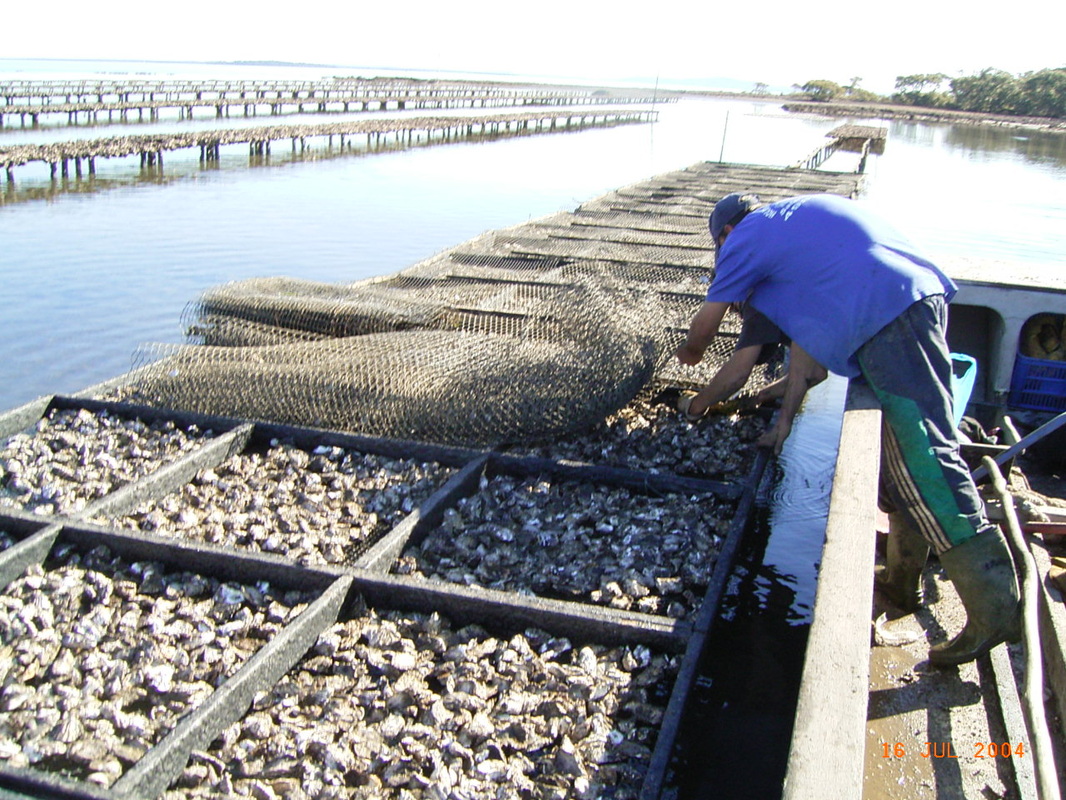

Is better seed performance achieved at high stocking density or low stocking density?.Is it better to deploy the seed container off- bottom or at the surface of the water column?.What type of container promotes the best seed performance?.The project will examine four key production questions: The goal of this effort is to develop new technologies to maximize seed performance at an intertidal field nursery. This seminar is popular among industry, academic, and government sectors that are interested in aquaculture topics. Second, the results will be presented more regionally to shellfish growers and others in the Northeast region at the Milford Aquaculture Seminar. The Forum provides the opportunity for shellfish growers to share and receive information with one another and from others including research scientists, business specialists, and government agents.

#Oyster spat prduction series
First, at the local level we will share the results a Shellfish Growers Forum, an education series offered by the Haskin Shellfish Research Laboratory. The results of this project will be presented to other growers and shellfish scientists and extension specialists via several outreach opportunities. The development of the best field nursery practices for the Delaware Bay will enable oyster farmers to reduce farm risks and enhance product quality and production, and hence farm profitability. Seed performance metrics will include survival, size, fan- and cup-shape, volume, hinge turning, and fouling. This project will evaluate and demonstrate innovative field nursery strategies and optimize seed stocking and handling regimes to maximize seed performance at an intertidal field nursery located in the southern Delaware Bay, NJ. Little attention has been paid to optimize strategies for the field nursery of very small oyster seed. However, few growers are fortunate enough to have access to appropriate nursery land-based sites and must nursery the seed in the field where environmental control is not possible and many challenges persist.

Nursery production typically relies on access to waterfront properties where upweller or raceway systems can be operated. In order to meet the increasing demand for seed, the facility has limited production and sales to seed less < 3 mm in size, shifting the nursery phase of production to oyster farmers. In New Jersey, demand for oyster seed has well exceeded the production capacity of the State’s sole oyster hatchery. A critical bottleneck to the growth and development of the shellfish aquaculture industry in New Jersey, and likewise in the mid-Atlantic region, is the limitation of hatchery and nursery capacity for seed production.


 0 kommentar(er)
0 kommentar(er)
